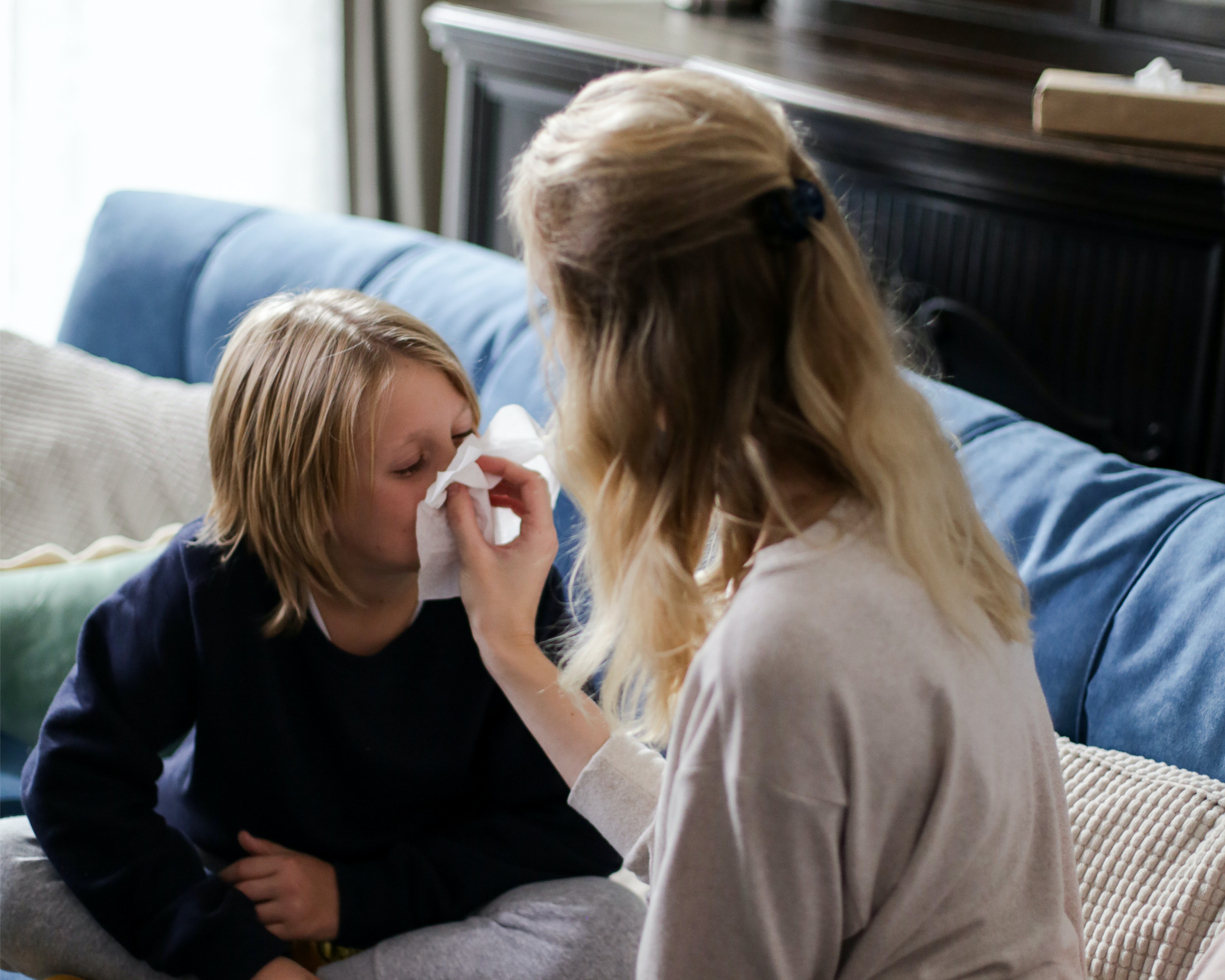Greater awareness needed to prevent accidental overdoses
There is no room for error when giving pain relief medication to your children at home. Too small a dose may not ease the pain effectively, while too much of the medicine can cause liver or kidney damage leading to organ failure and may even be fatal. A pharmacist from South Africa’s largest national courier pharmacy provides advice for parents on getting the dose just right for their baby or child.
“Incorrect dosing is a potential problem when it comes to medication that is available to the public without a doctor’s prescription, and this can be especially dangerous for children as even a relatively small overdose can be extremely harmful for their little bodies,” says pharmacist Siphamandla Mbuli of Medipost Pharmacy.“On the other hand, parents may sometimes under-dose their children by not giving them enough pain medication to ease their discomfort. Parents and caregivers therefore need to be sure they fully understand the dosage of selfcare medication, such as paracetamol, for treatment of pain and fever before giving it to babies and children in their care,” he says.
Paracetamol is the most common over-the-counter analgesic or pain relief medication, and is present either alone or in combination with other compounds in many medicines under various trade names in either syrup, drops, sachets, oral tablets or suppositories.“Fortunately, awareness of a few simple principles can help to prevent mistakes when treating your child for mild to moderate pain at home.”
1. Identify the active ingredients
“Before giving your child any non-prescription medicine, check the list of active ingredients on the sides of the packaging. For example, if it is a medicine in syrup form this will usually be written as ‘each 5 ml contains paracetamol 120 mg’,” Mbuli says. “If you are giving your child more than one medicine at a time, make quite sure to check that they do not have same active ingredient. Medicines under different trade names can contain paracetamol, and if these are combined this could lead to overdose.”
2. Measure correctly
“Never guess or estimate the measure of medicine you give to your child. Always use a medicine measuring spoon or syringe to accurately obtain the correct dose of paracetamol syrup needed, or use a medicine dropper,” he advises.
3. What’s the correct dose for your child?
While some formulations of paracetamol available without a prescription can be given to infants from one month old, it is preferable to discuss options with your healthcare professional, such as your paediatrician if your child is younger than three months old. Also, it is of utmost importance to follow the dosing guidelines in the package insert. Do not exceed the recommended dose. Dosing guidelines for how often to give the medicine and for how long should also be adhered to, and no more than four doses can be administered within 24 hours and only for up to five days.
Babies from three months to one year:
– If using paracetamol drops for babies, 0.6 ml to 1.2 ml (60 to 120 mg) may be given orally every four hours if needed, up to four times a day.
– When using the sachet form, 2.5 ml to 5 ml (60 to 120 mg) may be given orally every four hours if needed, up to four times a day.
– Paracetamol syrup can be given at a dosage of 2.5 ml to 5 ml (60 to 120 mg) orally every four hours if needed, up to four times a day.
– Suppositories can also be given, and dosing should be discussed with your pharmacist.
For children aged one to five years:
– Paracetamol in sachet form may be given at a dose of 5 ml to 10 ml (120 to 240 mg) orally every four hours if needed, up to four times a day.
– Syrup may be given to the child at dosage of 5 ml to 10 ml (120 to 240 mg) orally every four hours if needed, up to four times a day.
– Suppositories can also be given and dosing should be discussed with your pharmacist.
4. Signs of overdose – a medical emergency
“Initial symptoms of paracetamol overdose may include gastrointestinal irritability with the child not wanting to eat, nausea, vomiting and abdominal pain, but these are not always present and do not necessarily indicate the severity of the overdose. “Sometimes the child may show no noticeable symptoms of paracetamol overdose for the first day or two, even in cases of severe poisoning, and liver and kidney failure may take between two and five days to develop and manifest. If parents suspect that their child may have been overdosed, they should immediately take the child to an emergency department for urgent medical attention,” Mbuli warns.
5. Talk to your doctor or pharmacist
“Be sure to discuss any recurring pain with your child’s paediatrician, as non-prescription medication should only be used for temporary, short-term relief. The underlying cause of pain that lasts for longer must be investigated,” Mbuli says. “It also important for parents to be aware that they can also simply ask the pharmacist for information regarding pain medication.” People registered with Medipost Pharmacy’s chronic medication delivery service or self-medication online shop have access to telephonic clinical advice from pharmacists and pharmacist’s assistants in any of South Africa’s official languages. This service is available from Monday to Friday, 08h00 to 17h00, and Saturdays between 08h00 and 12h00 for advice regarding dosage, possible side effects or interactions and other concerns relating to medication dispensed by Medipost Pharmacy.
Photo by cottonbro: On Pexels





